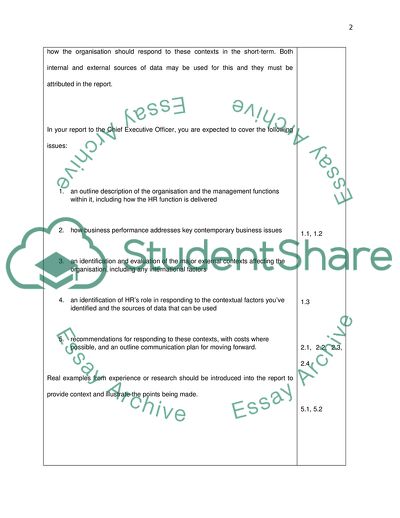Cite this document
(Business Issues and the Contexts of Human Resources Essay, n.d.)
Business Issues and the Contexts of Human Resources Essay. https://studentshare.org/human-resources/1860293-business-issues-and-the-contexts-of-human-resources
Business Issues and the Contexts of Human Resources Essay. https://studentshare.org/human-resources/1860293-business-issues-and-the-contexts-of-human-resources
(Business Issues and the Contexts of Human Resources Essay)
Business Issues and the Contexts of Human Resources Essay. https://studentshare.org/human-resources/1860293-business-issues-and-the-contexts-of-human-resources.
Business Issues and the Contexts of Human Resources Essay. https://studentshare.org/human-resources/1860293-business-issues-and-the-contexts-of-human-resources.
“Business Issues and the Contexts of Human Resources Essay”. https://studentshare.org/human-resources/1860293-business-issues-and-the-contexts-of-human-resources.


